Cabra Jurassic exhibition and fossil museum looks at the geology of the nearby Parque Natural de las Sierras
By Nick Nutter | Updated 15 Mar 2022 | Córdoba | Museums |
Login to add to YOUR Favourites or Read Later
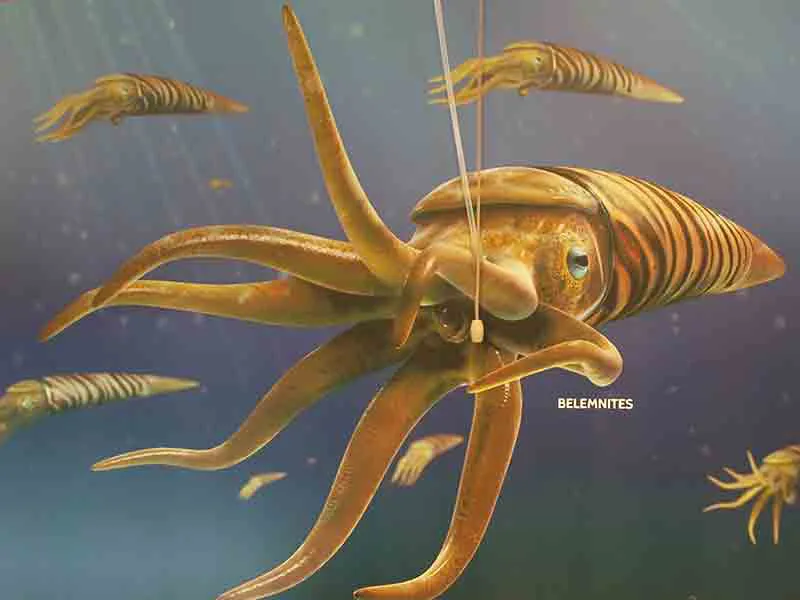
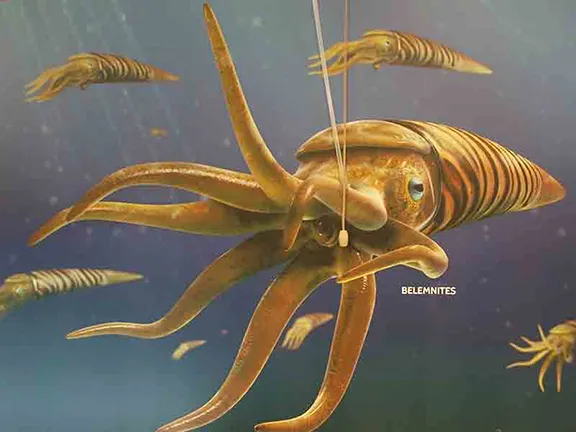
Belemnite
Otherwise known as the Cabra fossil museum, this exposition is based on the geology of the nearby Parque Natural de las Sierras Subbéticas, a stunningly beautiful spur of the Cordillera Bética.
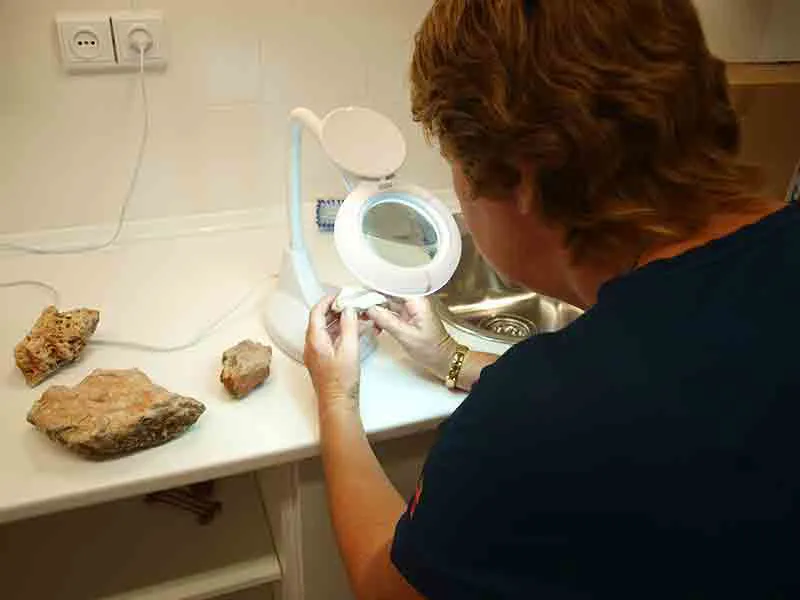
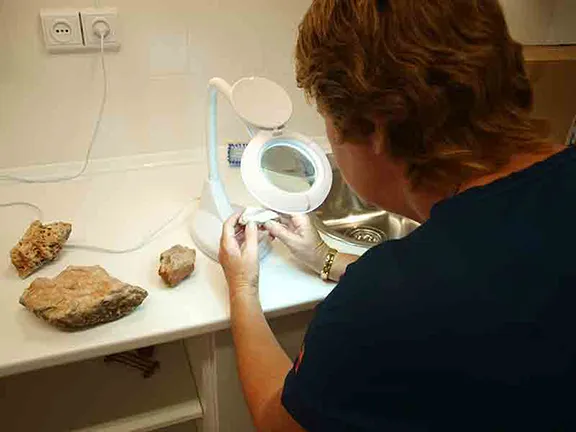
Take a closer look
The exhibition is a couple of rooms tucked away in the Centro Municipal Integrado on the east side of town. You enter through the main door to the centre on Calle Manuel Mora Mazorriaga and then look for an information office on your left. Tell the occupant you are looking for Cabra Jurassic. You will be escorted to the exhibition, and, if you are the only visitors as we were, the door will be unlocked and you will be asked to let the custodian know when you leave.
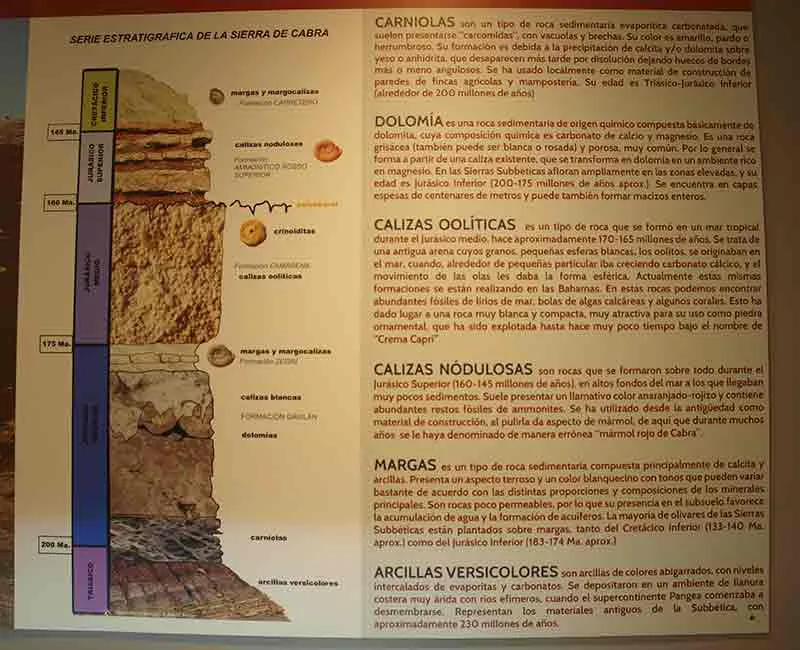
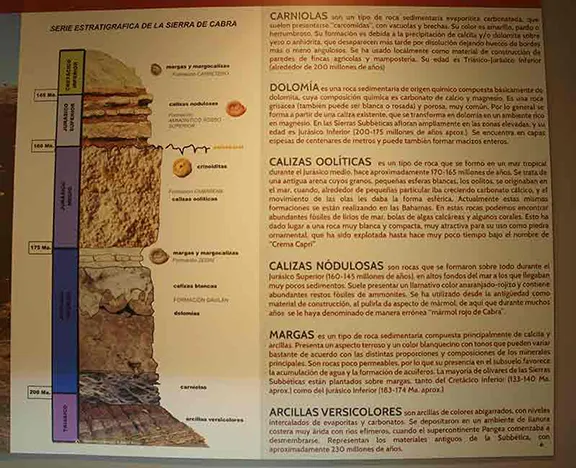
A succession of sediments
The Sierra Subbéticas began as a layer of sediment at the bottom of the Tethys Sea. Between 250 million years ago and 100 million years ago, a period primarily called the Jurassic, hence the name of the exhibition, a layer of Triassic clay was successively covered by marls, limestones and dolomite. As the African tectonic plate pushed its way north into the European plate the Tethys Sea closed and the Cordillera Bética mountain range was pushed up into the air.
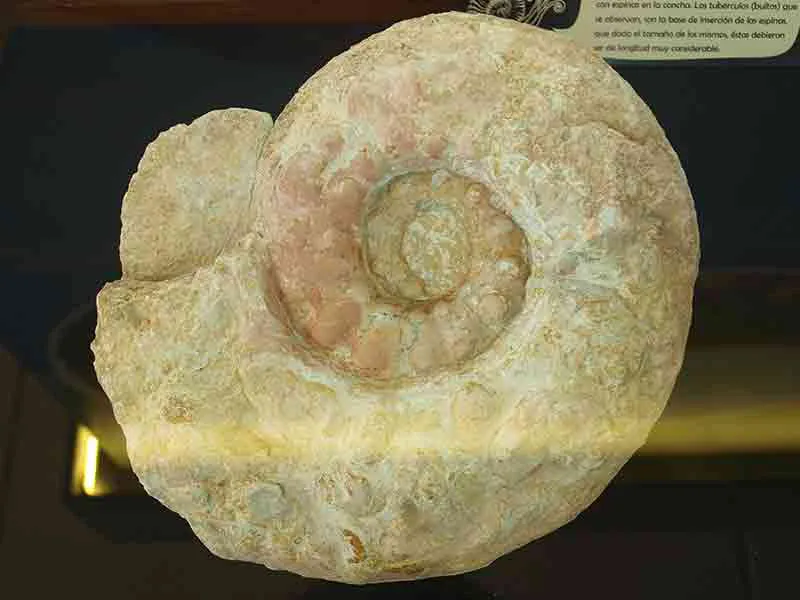
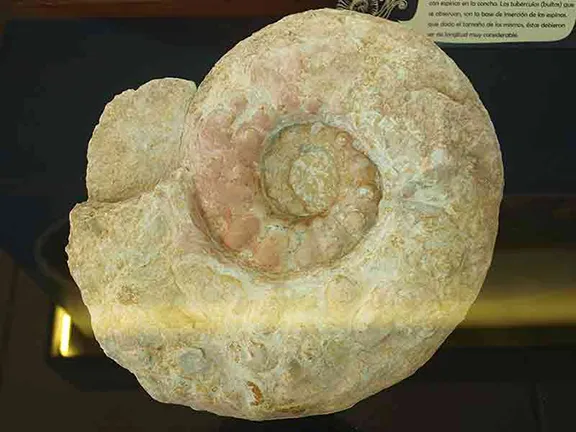
Ammonite fossil
The sedimentary rocks started to erode at different rates depending on their hardness and rain ran into fissures in the rocks dissolving the limestone as it went. Massive caverns were created beneath the surface. The result is the karstic landscape seen today. The exhibition clearly describes and illustrates how this all occurred.
However, the most remarkable exhibits are the fossils, largely from the Jurassic, ammonites (with coiled shell) and belemnites (with a cone shaped shell). These creatures populated the seas for hundreds of millions of years and grew to over 2 metres in diameter. Most became extinct along with the dinosaurs 65 million years ago but one survivor thrives today, the nautilus. The Jurassic exhibition has an area where these exquisite creatures can be examined beneath microscopes. An ingenious computer generated display shows them swimming in shoals as if in a modern day aquarium.